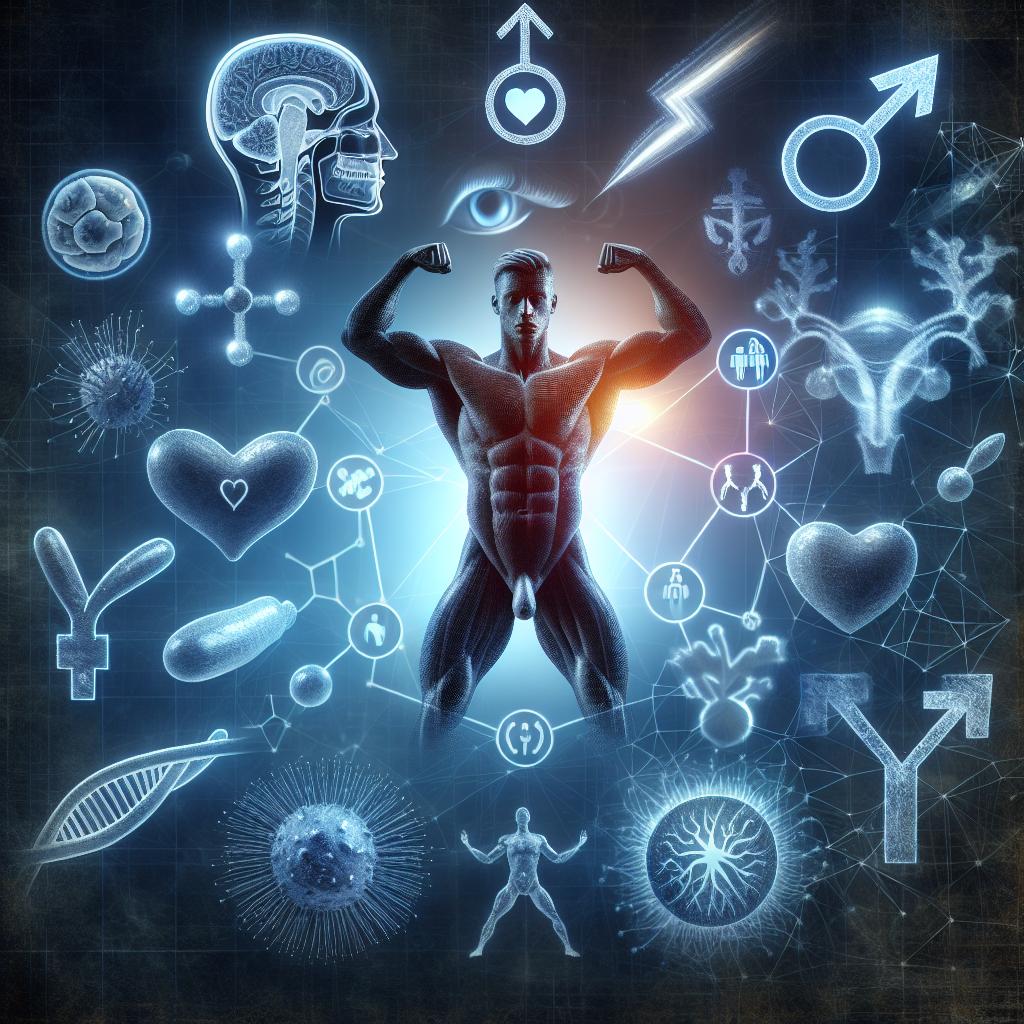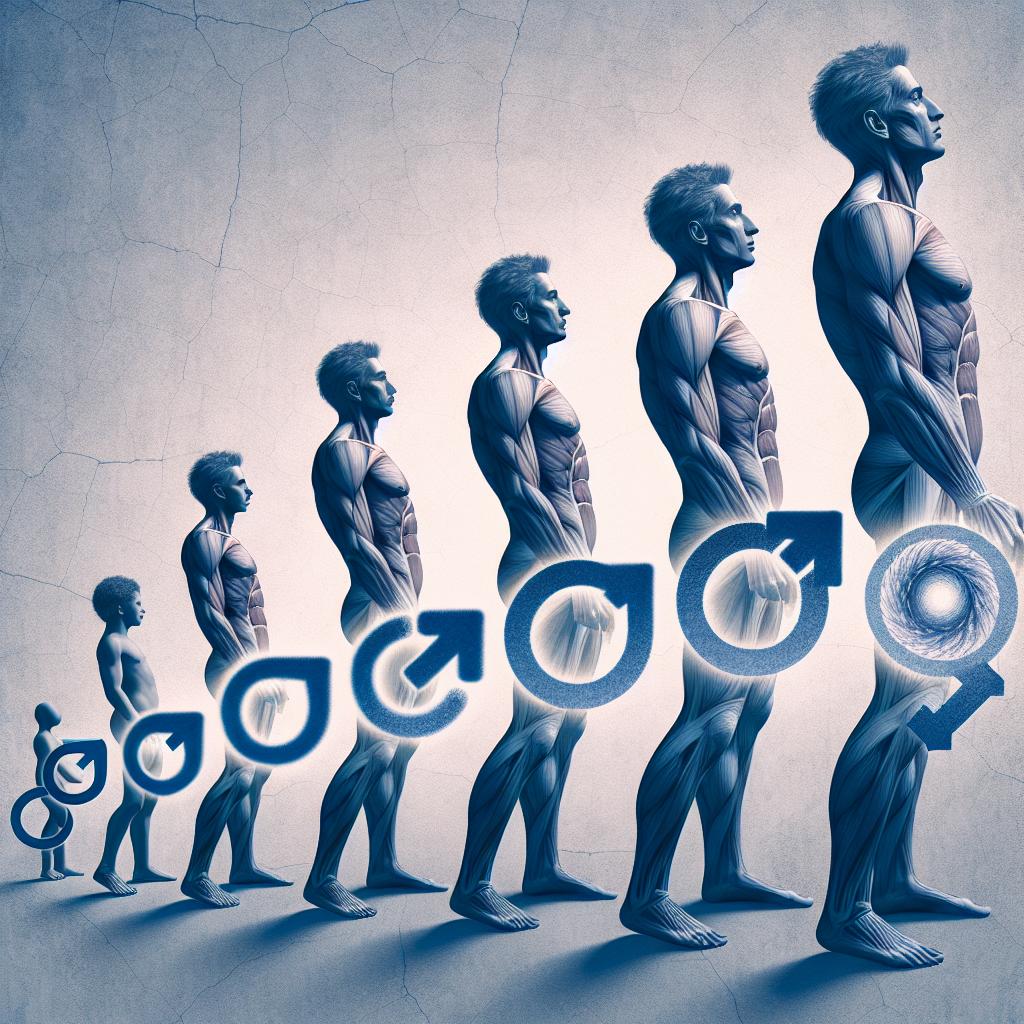In the grand tapestry of human experiences, few subjects have captured curiosity and sparked debate quite like male libido. It’s a topic that is both complex and fascinating, involving a delicate interplay of physical, psychological, and social factors. Whether you’re someone interested in the realms of science or simply seeking to understand what makes men tick, you’re in for a compelling journey. In this article, we’ll delve deep into the concept of male libido, exploring its underlying dynamics, potential influences, and how it manifests in different stages of life.
Understanding Libido: A Brief Overview
Libido, a term derived from Latin, essentially denotes one’s sexual drive or desire. While it’s a broad concept applicable to any gender, male libido has unique features due to the interplay of hormones, societal expectations, and anatomical considerations. To truly appreciate the nuances of male libido, it’s important to dissect it into its fundamental aspects—the biological, the psychological, and the social.
Biological Underpinnings

The biological aspect of male libido is primarily governed by hormones, with testosterone acting as the main driver. Testosterone is produced in the testicles and influences various bodily functions, including muscle mass, bone density, and yes, sexual drive. Higher levels of testosterone generally equate to a stronger libido. However, it’s not as simple as just hormone levels; neurotransmitters like dopamine and serotonin also play pivotal roles in modulating desire and performance.
Psychological Influences
Psychology is equally significant when evaluating male libido. Personal experiences, mental health conditions, and stress levels can profoundly affect sexual desire. Confidence, self-esteem, and emotional states are critical in shaping how libido unfolds in the male psyche. Mental health disorders, such as depression or anxiety, might suppress libido, whereas emotional wellness can enhance it.
Social Factors

On the social front, societal attitudes and cultural norms shape male libido. Expectations and stereotypes about masculinity and virility influence self-perception and sexual behavior. With the rise of digital media, exposure to unrealistic representations of male sexuality can also impact individuals’ libidos either by setting unattainable standards or by fostering unhealthy comparisons.
Ebb and Flow: Factors Affecting Male Libido
The concept of libido isn’t static; it experiences ebbs and flows throughout a man’s life, influenced by various factors ranging from lifestyle choices to medical conditions. Let’s break these down further:
Lifestyle Choices

- Diet and Nutrition: A balanced diet rich in essential nutrients boosts overall health and, by extension, sexual desire.
- Exercise: Physical activity not only improves cardiovascular health but also enhances libido by boosting testosterone levels.
- Sleep: Quality sleep recharges the body and optimizes hormone production, including testosterone.
- Stress Management: Chronic stress elevates cortisol levels, which can inhibit testosterone production and reduce libido.
Medical Conditions
Certain medical conditions are notorious for affecting male libido. Among them are:
| Condition | Impact on Libido |
|---|---|
| Diabetes | Can cause nerve damage and circulation issues, impairing sexual function. |
| Heart Disease | May limit blood flow, crucial for maintaining an erection. |
| Obesity | Negatively impacts testosterone levels and sexual performance. |
Relationship Dynamics

Intimacy and communication between partners play a pivotal role in determining libido levels. Relationship satisfaction can either bolster a thriving libido or contribute to its decline. Open communication can often resolve misunderstandings and lead to a more satisfying sexual experience.
The Male Libido Across Different Life Stages
While male libido is influenced by the aforementioned factors, it also varies naturally over different life stages. From adolescence to old age, let’s explore how libido transforms:
Adolescence to Early Adulthood

This is typically the peak period for male libido. The hormonal uprising transforms teenagers, spurred by high testosterone levels, into curious explorers of their sexuality. The surge in sexual desire is often accompanied by physical changes like growth spurts and the deepening of the voice.
Middle Age
During this phase, many men experience what’s colloquially referred to as a ‘mid-life crisis,’ which involves reflecting on one’s life and accomplishments. Changes in libido are also likely. Fluctuating testosterone levels, coupled with lifestyle factors, can lead to variability in sexual desire.
Late Adulthood

As men age, there’s a natural decline in testosterone levels. This decline can manifest in reduced sexual desire, though it’s important to distinguish between normal aging and pathological conditions. Not all libido changes in older adults are indicative of a disorder.
Addressing Libido Concerns: Strategies and Solutions
Facing challenges with libido can cause distress, but recognizing the underlying cause can guide effective strategies and solutions.
Nutritional and Lifestyle Interventions

A holistic approach to health can go a long way in improving libido. Eating a varied diet rich in fruits, vegetables, and lean proteins supports overall wellness and sexual health. Exercise serves as a dual function: improving body image while also bolstering hormonal balance.
Medical and Therapeutic Options
If underlying medical conditions are affecting libido, it’s essential to consult with a healthcare provider. Common therapeutic interventions include:
- Testosterone Replacement Therapy (TRT): For those diagnosed with low testosterone levels.
- Psychotherapy or Counseling: Addressing psychological barriers with a professional can yield effective results.
- Medication Assessment: Some medications may impact libido; evaluating alternatives with a healthcare provider may be necessary.
Enhanced Communication

Mutual understanding and communication with one’s partner can often resolve libido issues. Sharing feelings and desires helps partners work collaboratively towards solutions that satisfy both, fostering a healthier sexual relationship.
Embracing the Complexity of Male Libido
The journey to understanding male libido is deeply intricate, interwoven with biological, psychological, and cultural threads. While factors influencing libido can be diverse and multilayered, the ability to navigate these complexities lies within reach. By embracing open discussions, educating oneself, and fostering healthy lifestyles and relationships, individuals can demystify male libido and enhance their well-being. Remember, it’s okay to seek help, challenge preconceived notions, and explore your sexual health journey with confidence and care.
